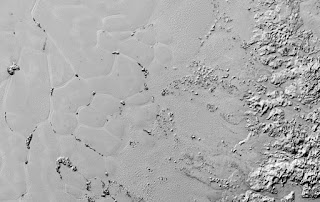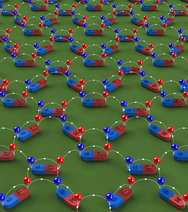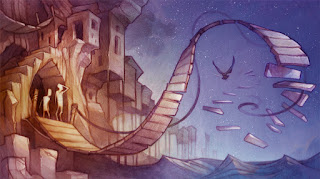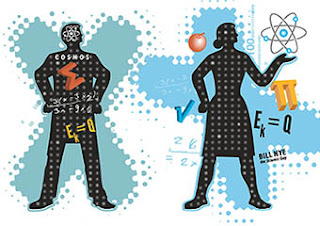OSA sponsors multiple programs to promote optics and photonics among K-12 students.
Legacy programs include the Optics Discovery Kit and the Optics Suitcase. Online, OSA sponsors the Optics4Kids site which provides information and educational resources. (iStock.com$#92;VYCHEGZHANINA)
(Courtesy of iStock.com\VYCHEGZHANINA)*
Topics: Diversity in Science, Einstein, Electromagnetism, James Clerk Maxwell, Laser, Modern Physics, Optics, Quantum Mechanics, Women in Science
"It is better to light a candle than curse the darkness." Eleanor Roosevelt
In June 1916, exactly one century ago, Albert Einstein predicted the existence of ripples, known as gravitational waves, in the fabric of spacetime. Earlier this year we celebrated the stunning observation of the phenomenon by a worldwide collaboration of more than 1000 scientists using incredibly sensitive antennas built of mirrors and lasers. (See Physics Today, April 2016, page 14.) As with many scientific achievements, this recent milestone draws on innumerable theoretical, observational, and technological innovations and iterations made along the way. It’s worth reflecting on the vast body of knowledge the scientific community has generated, the breakthrough technologies that have allowed us to observe our world with ever-greater depth and precision, and the people who have dedicated their lives and careers to expanding knowledge and applications in diverse branches of science.
This year marks the 100th anniversary of The Optical Society, a worldwide community for optics and photonics professionals and students. Over the past century, the research world and consumers alike enjoyed a dramatic expansion of light-based science and applied technology. In many ways, the growth of optics and photonics has mirrored the birth and expansion of modern physics from the early 20th century through today. Applied optics and spectroscopy have long played a central role in enabling new discoveries in physics; that new physics has fueled advances in optics and photonics that, in turn, have created powerful tools for the study of space, time, and matter. The laser, for instance, has become an indispensable tool of scientific inquiry. Solid-state detectors of incredible density and sensitivity are used for scientific imaging from telescopes on Earth to cameras on Mars. Innovations in laser cooling have given us unprecedented access to the quantum world, and laser frequency comb technology has greatly expanded precision measurements for both fundamental and applied sciences.
But that list is far from complete. This article permits only a sparse survey of the noteworthy advances and trailblazers from the past century of optics and of the innumerable benefits we derive from them. Further highlights are available on the OSA Centennial webpage at www.osa.org/en-us/100/osa100*.
Physics Today: A century of light, Anne Frances Johnson and Nancy D. Lamontagne


















